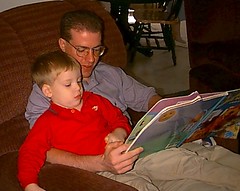If you’ve ever….
- run out of answers for the kiddo who asks — about every 7.5 minutes — “Are we THERE yet?”
- wanted a non-confrontational answer to “You’re not my REAL Mom.”
- wondered how to cut down on “but Dad lets me….” conversations
Then check out the Blended Family Conference, coming to a computer near you on March 26th! That’s right, you don’t have to go anywhere to get this information. It’s available via simple downloads. You and your spouse can listen from the comfort of your own home!
Marriage and family therapist Shirley Cress Dudley has gathered ten speakers — each with a different slant on helping you to make your blended family work better. And, while I haven’t asked everyone’s hourly rate, my guess is that ONE hour of time with one of these folks could cost as much as $100… and Shirley has brought TEN them together for a lot less.
By the way, these are not training sessions for therapists — they are tools that parents and step-parents can put to work right away.
I had a great time putting together, Why Blend When You Can Stand Out? Creating a Family That Works for All of You…. I know that with that one you’ll get a downloadable full-color guide to use for recording your goals for your family. (It sure beats arguing!)
I can’t guarantee that this conference is going to get your family to look like THIS….. but it can’t hurt!




